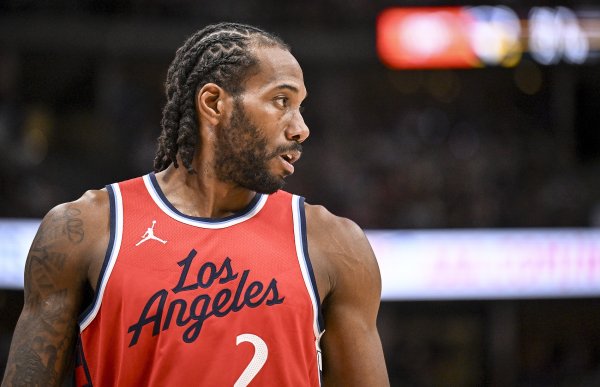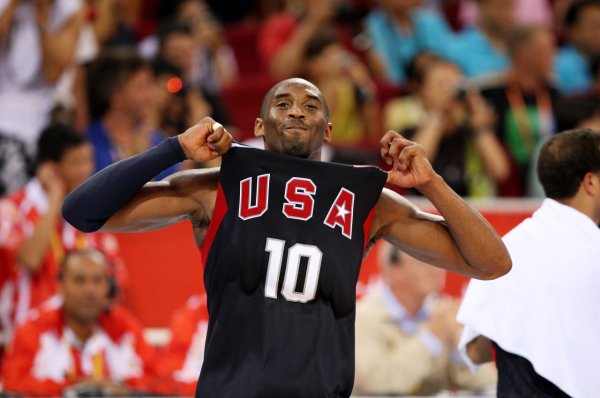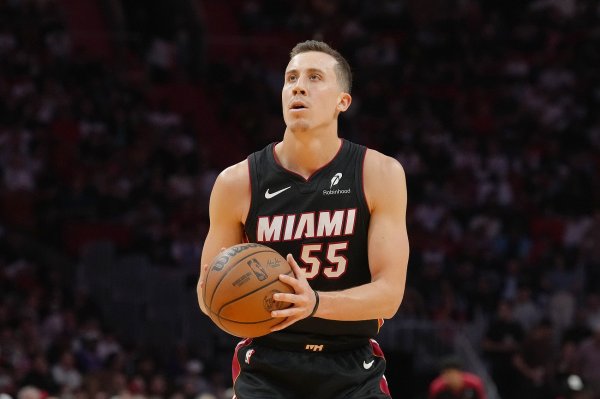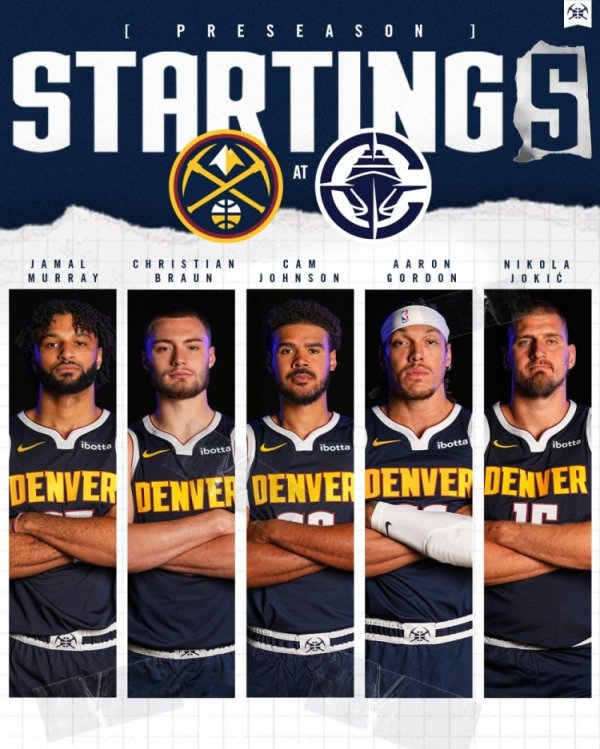Bill s downturn& Collins is not reused! Why did the win-win deal turn into a hot-blooded gain and a loss for the Clippers?
Translator's Note: This article was originally published by Clutchpoints, and the author is Jedd Pagaduan. The data in the article are as of the time of publication of the original article (November 8, local time). The opinions in the article have nothing to do with the translator and the platform.
The Los Angeles Clippers started the 2025-26 season with fairly high expectations. Their team may be on the older side, but their depth appears to be much improved. They added Chris Paul and Brook Lopez through free agency, then addressed their long-term need for a more traditional-sized power forward by trading Norman Powell to the Miami Heat for John Collins.
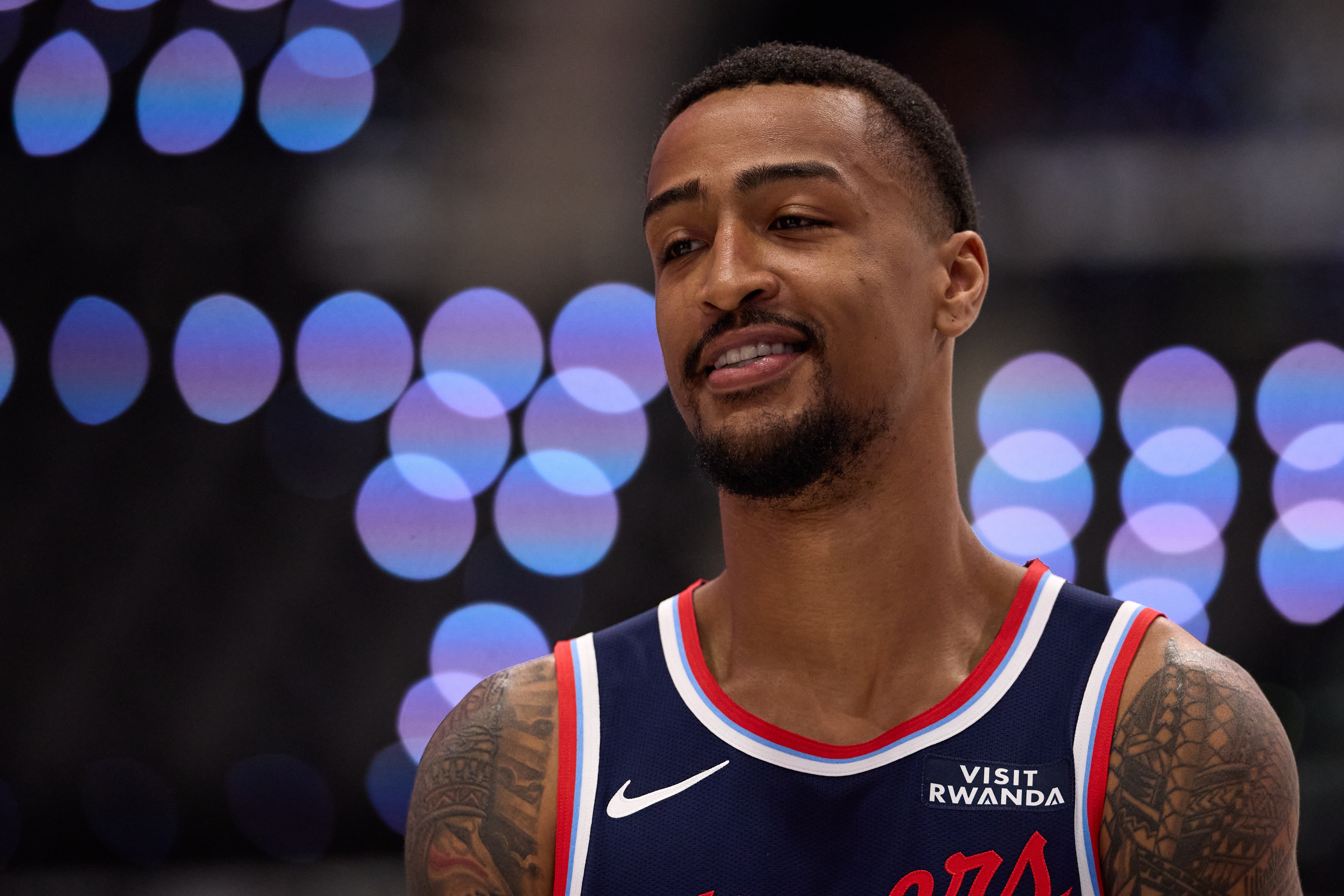
The reason why they are confident in sending Powell away is not because the 32-year-old player is not efficient, but because they also introduced him after Bradley Beal reached a buyout with the Phoenix Suns. Beal is going through a tough time in the 2024-25 season, but he still has a long, productive basketball career. And he is only 32 years old, which makes him a reasonable replacement. Some people even think that he is an upgrade and improvement to Powell's position while introducing Collins.
However, the trade didn't go in the favor of the Clippers, and the Heat were grinning from ear to ear in the Collins Powell trade, and they looked like easy robbers.
Are the Clippers in trouble?
In the early stages of the 2025-26 season, it may be too early, but the 3-5 record at the start of the new season is definitely not in line with the Clippers' expectations for themselves. They're healthy to start the season, and Kawhi Leonard is looking the healthiest he's been in recent years. James Harden also has a way of bringing wins to the team during the regular season, and with their added depth at multiple positions, they have more wiggle room in managing veterans who need load management.
Of course, there are many reasons to be worried about the Clippers. Their offense hasn't been very good, but that's not abnormal, after all, they ranked 15th in offensive efficiency last season. And they are scoring one point less per 100 possessions this season than last season, and losing Powell is a major factor behind their increased difficulty in scoring.
Although Powell occasionally missed a few games, his scoring ability remained the same. He's averaging a respectable 23.2 points per game this season and shooting over 51 percent from three-point range, which is exactly the kind of performance the Clippers miss from their shooting guard corps.
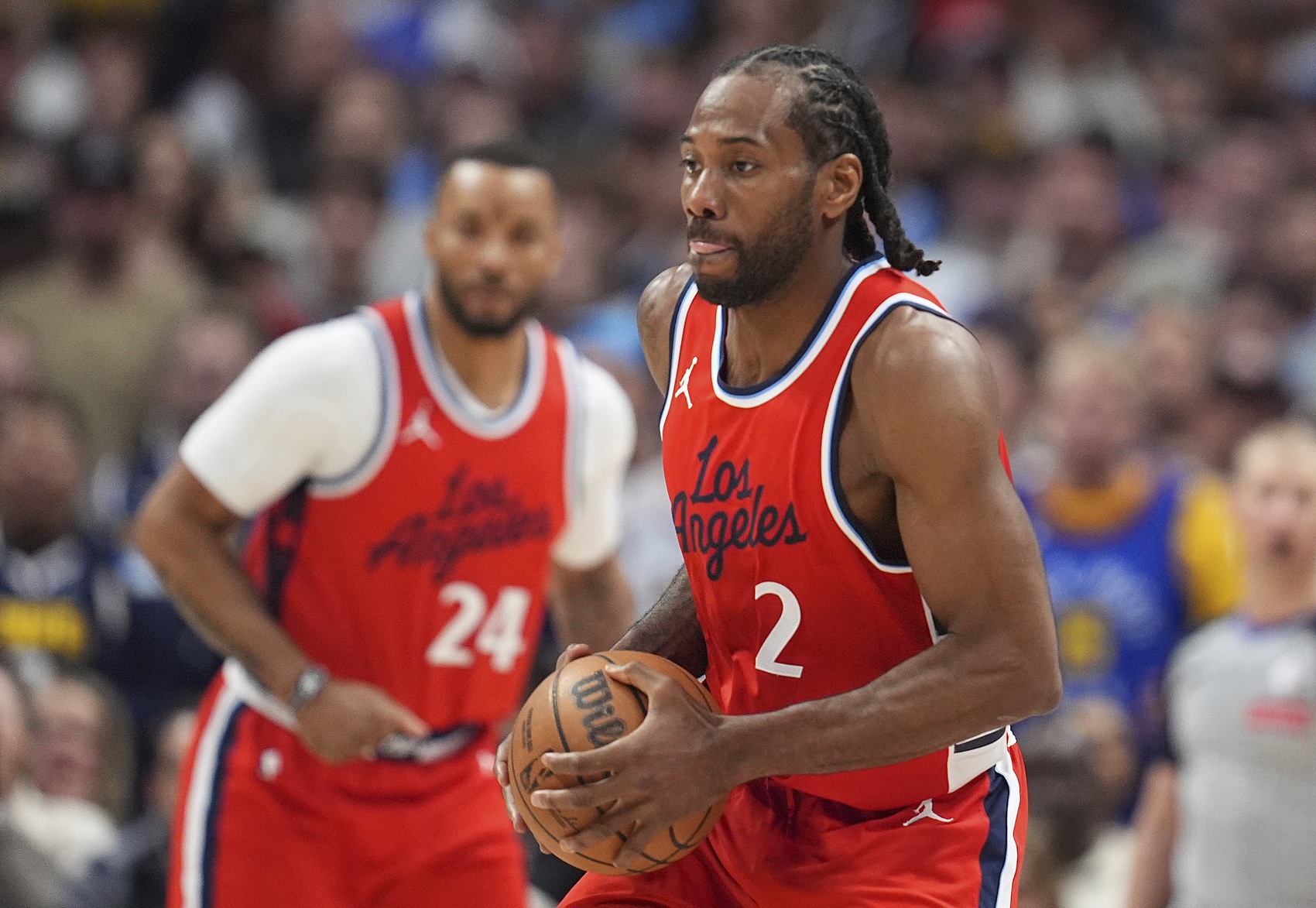
Powell performed well for the Clippers last season, especially when Leonard was absent. He's very consistent from beyond the arc and can also create plenty of opportunities off the dribble with his relentless drive to the rim and efficient mid-range shooting. Although Powell's status declined towards the end of the 2024-25 season due to injuries and a reduced role in the Clippers' offense after Leonard returned, he is proving with the Heat that last season's performance was not a flash in the pan.
Meanwhile, the Clippers struggled offensively because the Beal they hired to replace Powell was simply terrible. It's unclear whether Beal's performance in the Clippers' 102-115 loss to the Phoenix Suns on Thursday was the lowest point of his career, but it was pretty close.
With Harden and Leonard sidelined, Beal was supposed to be the Los Angeles Clippers' No. 1 option that night. However, he had a terrible game. He shot just 2-for-14 from the field and was even outmatched by the inexperienced Cam Christie (17 points in 25 minutes). Bill looked out of shape, moving like he was struggling in the mud. What was supposed to be a revenge game for Beal against the team that gave up on him turned into a nightmare.

For Bill, this is no accident. It stands to reason that in this Clippers team with a theoretically luxurious lineup, he should be able to get open opportunities and perform well. His playing time was limited to about 20 minutes per game, but his production in those minutes was abysmal. He averaged a measly 7.4 points per game and shot 35.9 percent from the field -- numbers that would normally cause any championship-minded team to move him out of the rotation.
If Collins, whom the Clippers acquired through a trade, performs well in the team, the situation may be different. He came off the bench in all eight games for the Clippers. Although his performance was far better than Beal's - averaging 12.6 points and 5.0 rebounds per game, with shooting percentages/three-point shooting percentages/free throw percentages of 55%/42%/71% respectively, head coach Tyronn Lue refused to start Collins, limiting his output ceiling.

But to make matters worse, the Clippers' defense was also terrible, which "added bricks and mortar" to their disastrous start to the season. They allowed 118.1 points per 100 possessions, which was a huge step down from their defense, which ranked third in the league last season (109.4 points per 100 possessions).
Perhaps changes are coming, such as moving Collins into the starting lineup and having Kris Dunn replace Derrick Jones Jr. as the designated defensive winger the Clippers rely on to start games. One thing is for sure - losing Powell will be painful for the Clippers, especially after Beal started the season so poorly.
The Heat always have a way
How the Heat managed to trade Kyle Anderson (who barely played time with the Utah Jazz) and Kevin Love (who also barely played with the Jazz) for Powell remains puzzling. Powell was a borderline All-Star caliber player last season, drawing attention for his role alongside Harden last year in helping the Clippers stay competitive during Leonard's injury. He is one of the most productive scorers in the league, and despite his injury concerns, his value is very high.
He's also in the final year of his contract, so maybe the Clippers just want to sell at a high point. But how did the Heat get Powell at such a low cost? Pat Riley must be laughing like crazy that his team stole Powell like he was a non-issue.
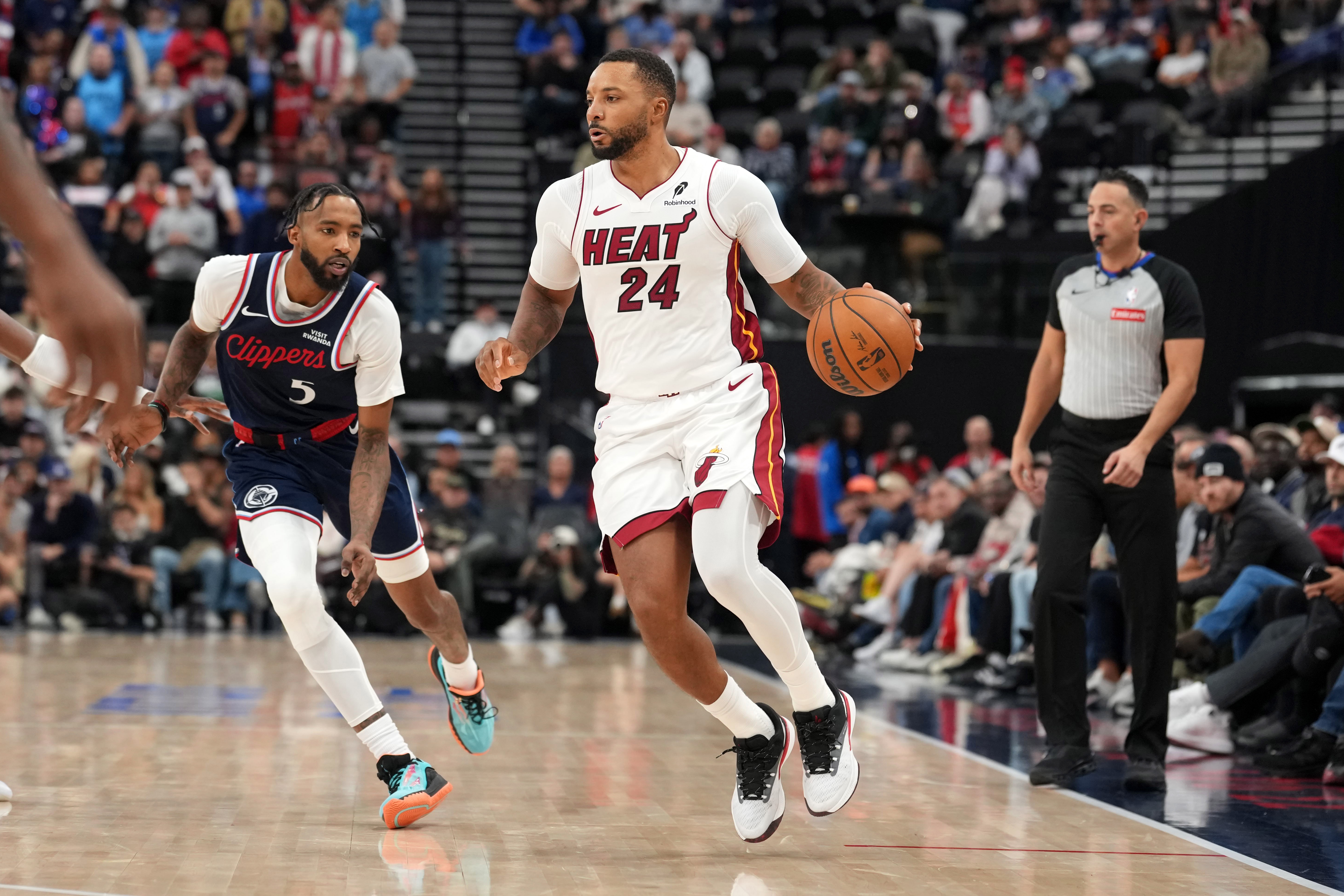
With Tyler Herro injured, Powell has become very necessary for the Heat. He can create opportunities off the dribble and is arguably the most autonomous scoring player on the team.
After a pretty hot start, the Heat's offense has slowed down, but despite Herro's absence for the entire season so far, they are scoring much easier this year than last season. They currently score 115.0 points per 100 possessions, which is a significant improvement from the 112.4 points they scored last year. The Heat are running smoothly, and the acquisition of Powell for two fringe rotation players has played a key role in improving their offense.
Bam Adebayo's improvement as a three-point shooter (he has made 16 three-pointers in the first eight games of the 2025-26 season) has helped lubricate the Heat's offensive system, while players like Jaime Harks Jr., Andrew Wiggins, and even Simone Fontecchio have also excelled at putting the ball in the basket.

Currently, the Heat are facing some adversity. They were without Adebayo on Friday night against the Charlotte Hornets, while Herro is still recovering after receiving post-operative treatment on his ankle and foot. But under head coach Erik Spoelstra, the Heat always find a way to get the job done. Even Pelle Larsson, the second-round pick selected by the Heat in 2024, has developed into a qualified rotation player; Davion Mitchell has found his footing as a professional player under the "Heat culture"; during Adebayor's absence, Kyle Ware will also have ample opportunities to shine in the interior.
The Heat's ceiling may not go beyond the second round of the playoffs, and this is already the best-case scenario. But with the Eastern Conference landscape opening up, a little offensive excitement may be just what the team needs. They accomplished that by acquiring Powell, who, again, they simply traded for Anderson and Love.
Mini-game recommendations:Fashion Week 2025



